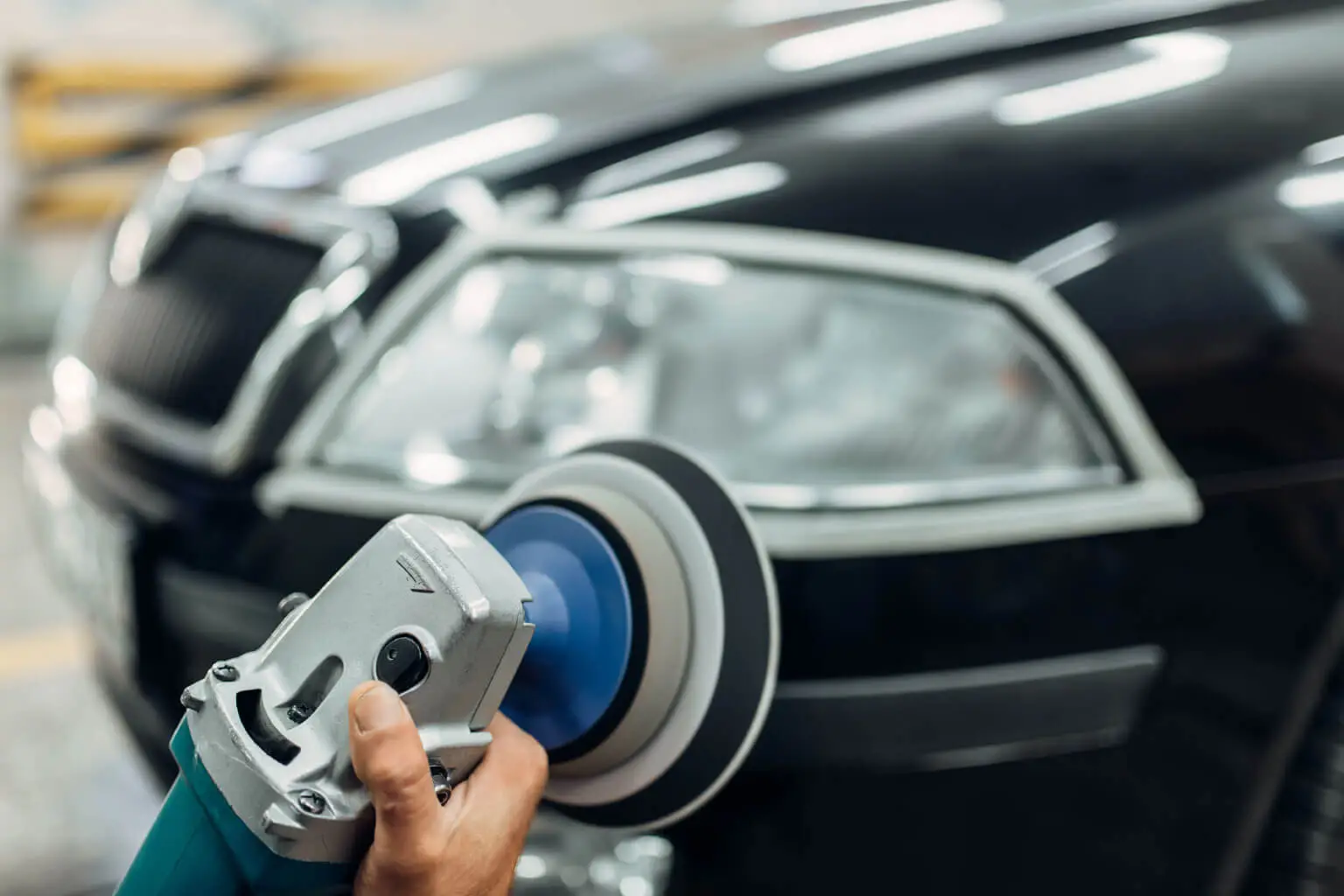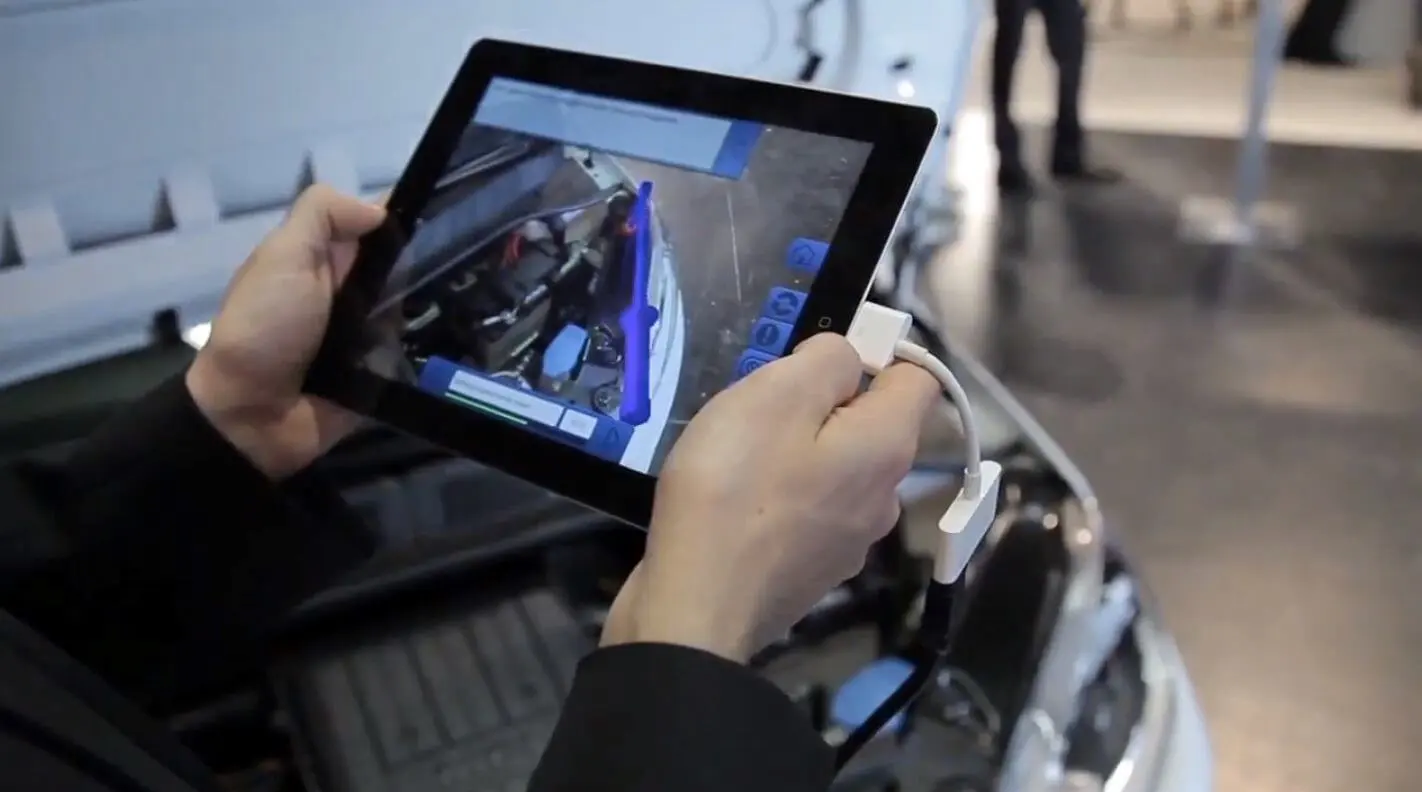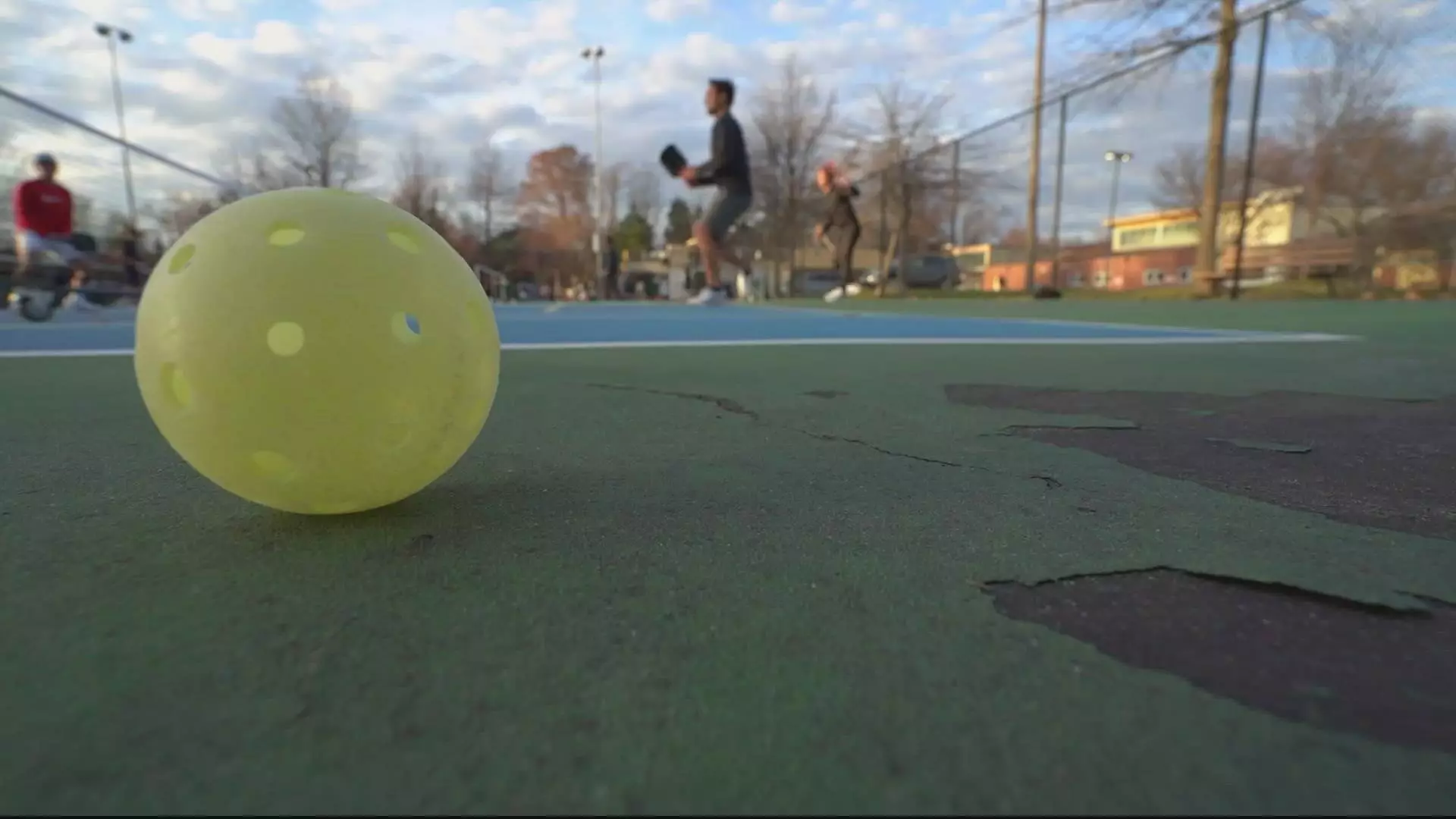If you have a car you love, you may want to improve the paint job. With paint correction, you can do just that.
The paint correction process involves getting rid of imperfections in the clear coat and restoring it to better than the original condition. Professional paint correction has a few vital steps that we will highlight below.

First, when is paint correction needed? When you wash a car by hand or in an automatic car wash, the idea is to apply soap, rub it on the surface of the paint and then go to another section. When you rub dirt into the same part of the paint, you are scratching the clear coat. This happens even if you have a microfiber towel.
The same thing happens when you wax a car. While washing your vehicle is the first step, not all debris is removed. Sometimes driving the car with a soft towel still leaves a residue that damages the clearcoat when you apply wax.
The only way you can fix the scratches and swirls in the clear coat is professional paint correction.
Why Paint Correction Is So Important
Some people assume that paint correction is only a visual enhancement of your paint. But that is not the truth. When the clear coat is damaged on your car, dirt and debris gets into the surface. This will eventually cause paint to chip, premature fading and sun damage.
If you want to keep your paint job looking fresh and shiny, many car owners go for paint correction. This will fill in the gaps and apply a new clear coat layer that reduces the chances of this happening again.
Professional paint correction generally involves a high pressure spray car soap wash and clay bar treatment. This gets rid of the fine dirt, pollutants and grime on your point. Next, the paint will be ‘cut.’ This means we apply an abrasive compound to the vehicle’s exterior.
Cutting compounds are gritty and they even out the clear coat to get rid of damaged paint, scuffs and scratches in your clear coat. Oxidation happens on the outside layer of the clear coat. Cutting paint takes off the layers that suffered damage.
After the damage is removed, the surface is buffed and a new coat of wax and sealant is applied. This will guarantee your paint is protected and also makes it look wet and super shiny.

Daniel is the eco-conscious auto whisperer. His blog doesn’t preach; it educates on the world of green transportation. It’s your guide to reducing your carbon footprint without sacrificing style or speed.










